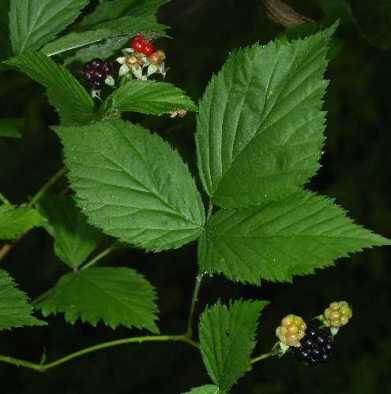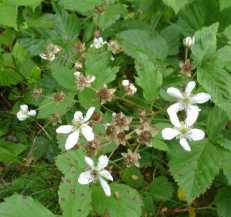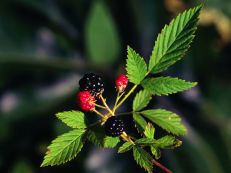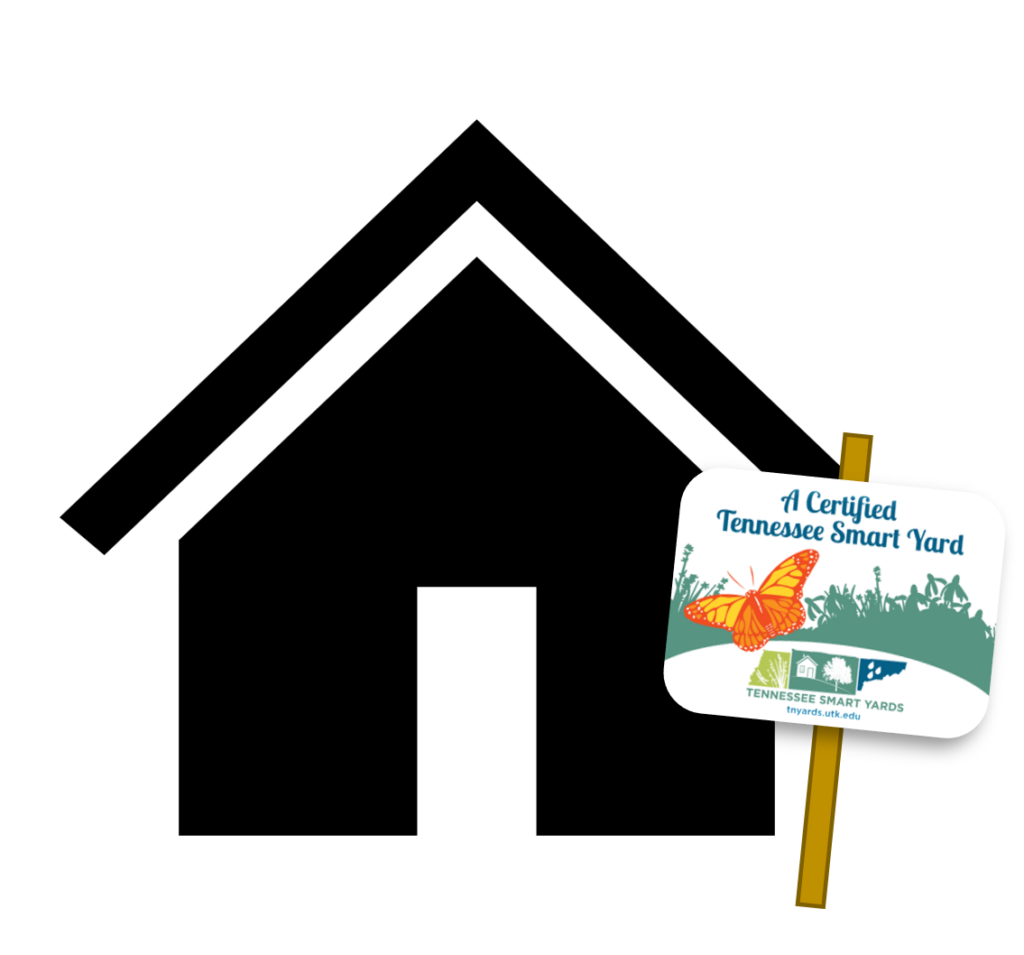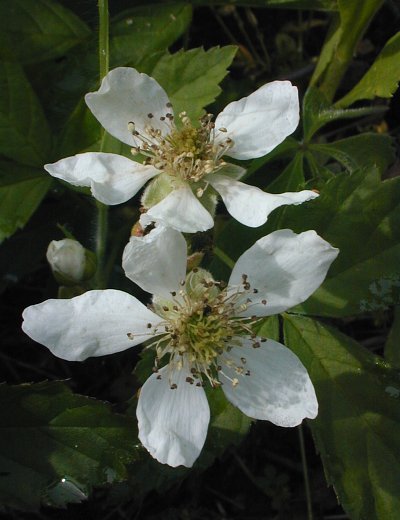
Common Name: Northern Dewberry, Prickly Dewberry
Sun to shade; medium to dry moisture level; loamy, clay loam, sandy or rocky soils; slightly acid to slightly alkaline pH.
8-12 inches tall but with stems up to 15 feet long that trail along the ground; blooms spring into summer; white flowers; oblong black drupes or fruit that ripens in late summer.
Growth Rate: Very rapid; spreads by stolons to form mounded colonies. Also self-sows freely.
Maintenance: Susceptible to honey fungus. Forms a dense thicket if left unmanaged.
Propagation: Seed germination code C(90); seeds need scarification with sulfuric acid treatment. Easy from cuttings, layers and seeds.
Native Region: Scattered statewide
This deciduous shrub forms a prostrate, prickly, spreading briar. Fruit has a pleasant, tart-sweet flavor and is edible for humans. Has stout, curved thorns. Important source of food for a wide range of wildlife. Attracts birds, butterflies and bees.
